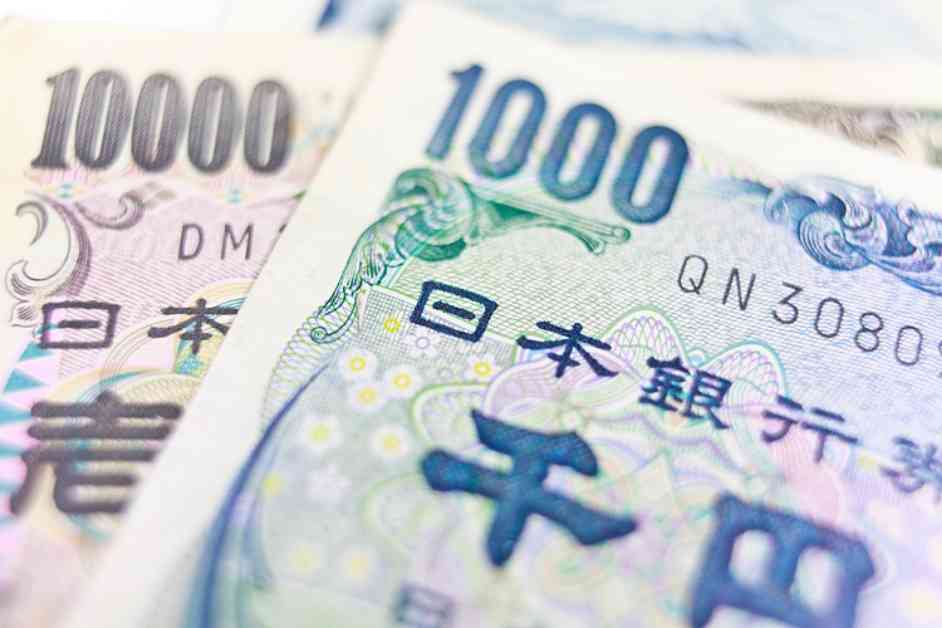The Japanese Yen (JPY) faced challenges in the foreign exchange (FX) markets due to Japanese individuals making overseas asset purchases through the Nippon Individual Savings Account (NISA) program. This tax-free investment scheme has led to significant purchases that are expected to surpass the country’s trade deficit for the first half of the year.
In response to this situation, the Bank of Japan (BoJ) is evaluating a strategy to reduce its purchases of Japanese Government Bonds. The BoJ has been conducting meetings with banks, securities firms, and financial institutions to determine a feasible pace for scaling back these purchases.
Meanwhile, the Federal Reserve (Fed) in the United States is considering a potential interest rate cut in September. This speculation has put pressure on US Treasury yields and could impact the value of the US Dollar. Fed Chair Jerome Powell is expected to deliver a comprehensive review of the economy and monetary policy to the US Congress, shedding light on future monetary decisions.
The USD/JPY pair has experienced fluctuations, with the USD gaining strength against the JPY. However, fears of intervention by Japanese authorities in the FX markets could limit the downward movement of the JPY. Analysts predict that the USD/JPY pair may hold around the 160 level in the near term, with a potential easing to 152 by the end of the year.
In addition to these developments, the Bank of Japan has maintained its economic assessment for most regions in the country. The Japanese Current Account surplus has continued to grow, surpassing market expectations. This growth streak indicates positive economic performance in Japan.
From a technical analysis perspective, the USD/JPY pair is currently trading around 161.00 and is showing a bullish trend. The pair could test key resistance levels in the near future, potentially reaching 163.00.
Overall, the NISA program and the actions of central banks like the BoJ and the Fed play a significant role in influencing the value of the Japanese Yen in the FX markets. Investors and traders will closely monitor these developments to make informed decisions regarding their currency trades.

















